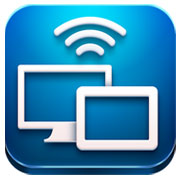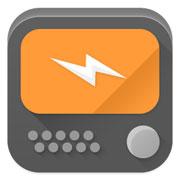
Setting up a brand-new phone can involve numerous aggravations, but if you don’t rely on one of the majors like Yahoo and Gmail for email, one of the worst is surely the manual email server configuration. If you use a customized domain name, your Android device’s email client is likely to need this extra step.
This could become an even more prevalent problem with the January U.S. launch of the reasonably priced and specified Moto G smartphone, enabling consumers to buy new devices willy-nilly and without contract. Buying such a new device might be easy, but it will likely remain a time-consuming hassle to configure it — particularly if you’re moving operating systems, like Apple iOS or Windows, to Android.
In any case, the key is to ignore the Android device prompts for an automatic setup — they won’t work. Instead, plan to enter the data straightaway manually — it’s faster. Begin by identifying your existing email settings: Open a currently functioning email client and choose the Settings menu. Then, copy the settings syntactically character-by-character.
Microsoft Office’s Outlook on the PC lets you leave the settings dialogs on-screen while you fiddle with the phone, but the settings can be copied from iPhones or other software clients, too; look for the Settings button on the iPhone and drill down for email settings.
Outlook 2013
Step 1: Open Outlook 2013 and choose the File tab. Then click or touch the Account Settings button, and again, click or touch the resulting drop-down button.
Step 2: In the resulting Change Account dialog box, double-click on the listed email account that you want to use on your phone. The account type, incoming and outgoing servers, and incoming login information will be listed.
Step 3: Choose the More Settings button on the dialog and then the Outgoing Server tab in order to see if the outgoing mail server is different from the incoming mail server listed in the previous step. Keep Outlook open.
Tip: Some, but not all, outgoing email servers use settings different from those of the incoming server.
Step 4: Find the email setup area on your new Android 4.0 (“Ice Cream Sandwich”) device by choosing Settings in the app drawer and then Accounts and Sync, then Add Account and then Email.
Tip: The newest Android operating system — Android 4.4 “Kit Kat” — sets up similarly.
Step 5: Follow the syntax precisely to enter server data obtained in the earlier steps into the Android device’s email setup menu. Use the Next prompt button to progress forward through screens.
Tip: Check the server syntax, password, and User ID if the Android device can’t connect to the server. Required ports can be found in Outlook’s More Settings. Look for the Advanced tab and copy the port numbers listed there.
Pay attention to outgoing server-required SSL encryption, which will be listed in that Outlook tab too. Outgoing encryption is more prevalent than incoming.
Step 6: On the last screen in the series of Android email setup prompts, choose the Android device’s email account options, such as inbox-checking frequency, the default sending account, notification, and syncing.



















































